



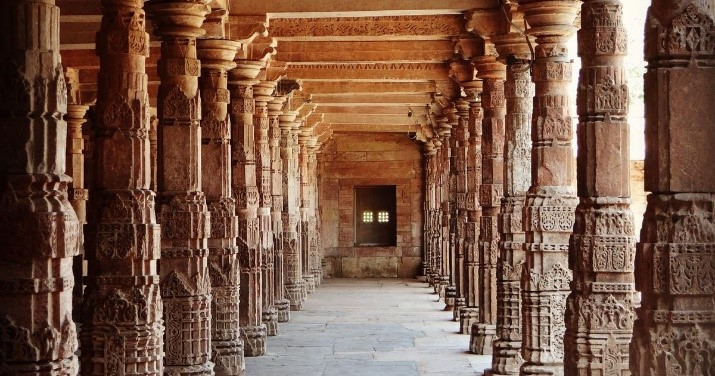

Disclaimer: Copyright infringement not intended.
In News
Bhojshala: A Historic Monument in Dhar, Madhya Pradesh
Location and Name Origin
Architecture and History
Current Status and Usage
Terminology
Significance of King Bhoja
Exploration and Inscriptions
Social Tensions and Legal Issues
Conclusion
|
Paramara Dynasty The Paramara dynasty, was a prominent medieval Indian dynasty that ruled central India between the 9th and 14th centuries. They are best known for their rule over the Malwa region, with their capital initially at Ujjain and later at Dhar and Mandu. The founder of the Paramara dynasty was king Upendra or Krishnaraja The Paramaras were staunch patrons of art, literature, and culture, with King Bhoja being one of their most celebrated rulers, known for his patronage of learning and the arts. The dynasty produced a remarkable literary and architectural legacy, including the construction of numerous temples and monuments, such as the famous temples at Khajuraho. The Paramaras also played a significant role in the political and cultural history of India, contributing to the development of regional art and architecture, as well as Sanskrit literature. The Harsola copper plates (949 CE) suggest a potential ancestral link between the Paramara and Rashtrakuta dynasties, as theorized by historian D.C. Ganguly. The earliest extant Paramara inscriptions, issued by the 10th-century ruler Siyaka, have been found in Gujarat. The dynasty reached its zenith under Munja's nephew Bhoja, whose empire extended from Chittor in the north to Konkan in the south, and from the Sabarmati River in the west to Vidisha in the east. |
|
PRACTICE QUESTION Q. Describe the various strategies and measures that can be adopted to address the long-standing issue of religious sites contested by multiple religions in India, offering potential solutions to mitigate conflicts and promote harmony among communities. |
SOURCE: THE HINDU
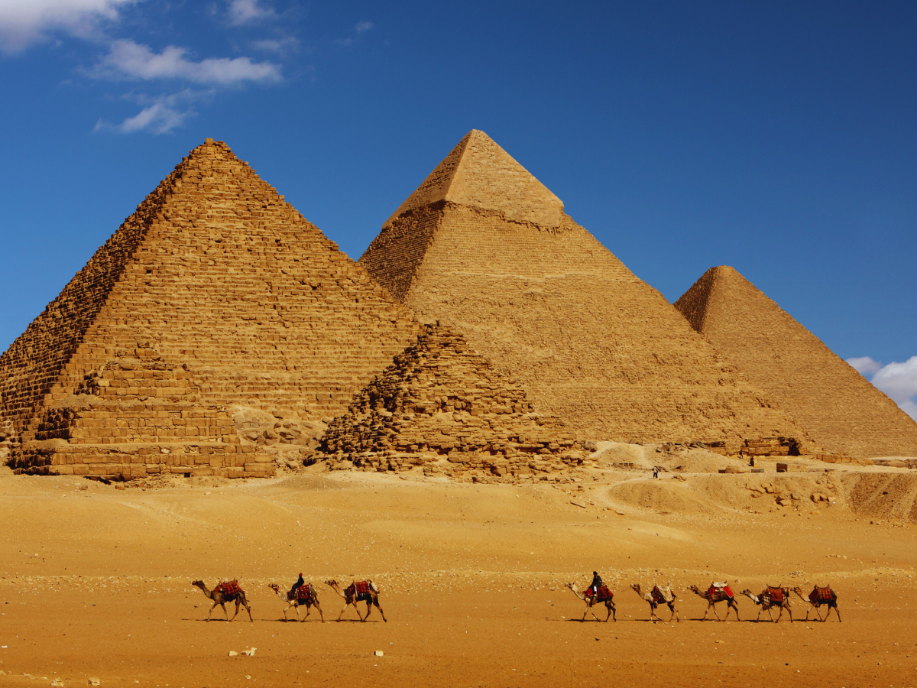
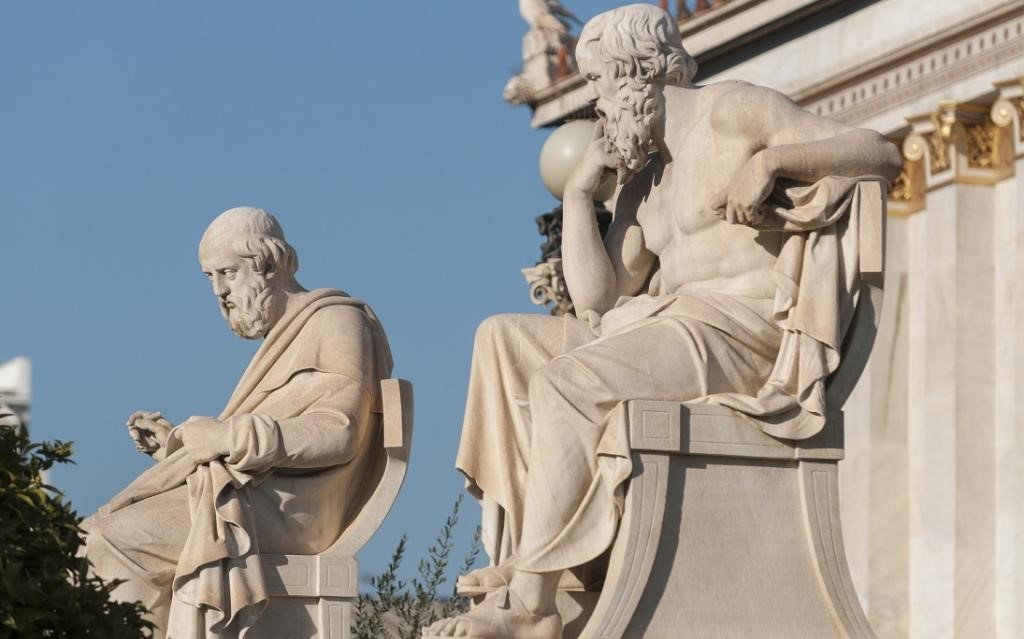
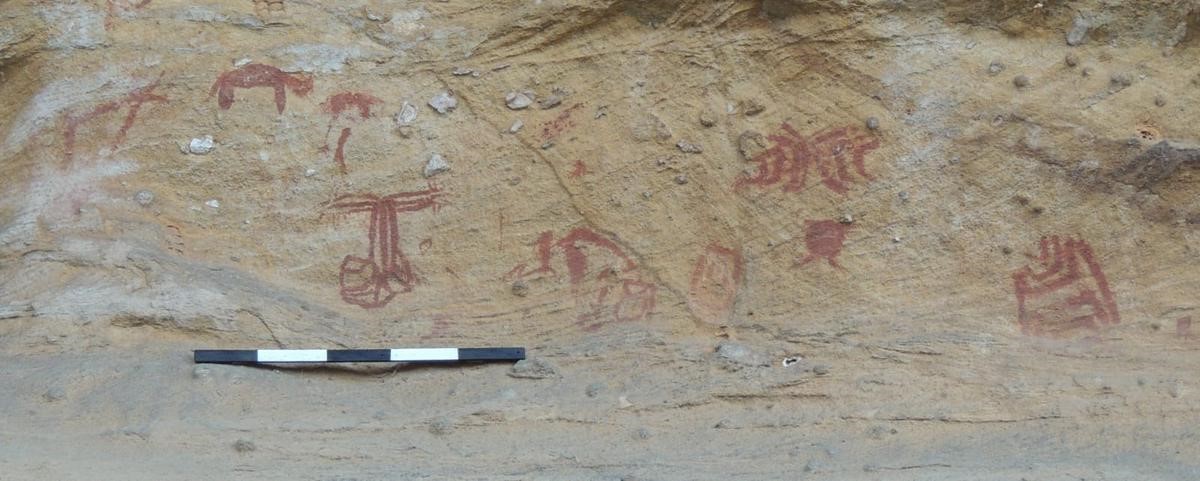
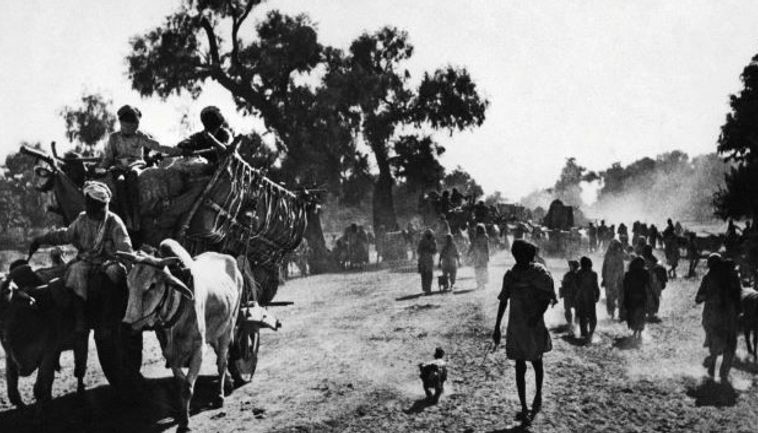
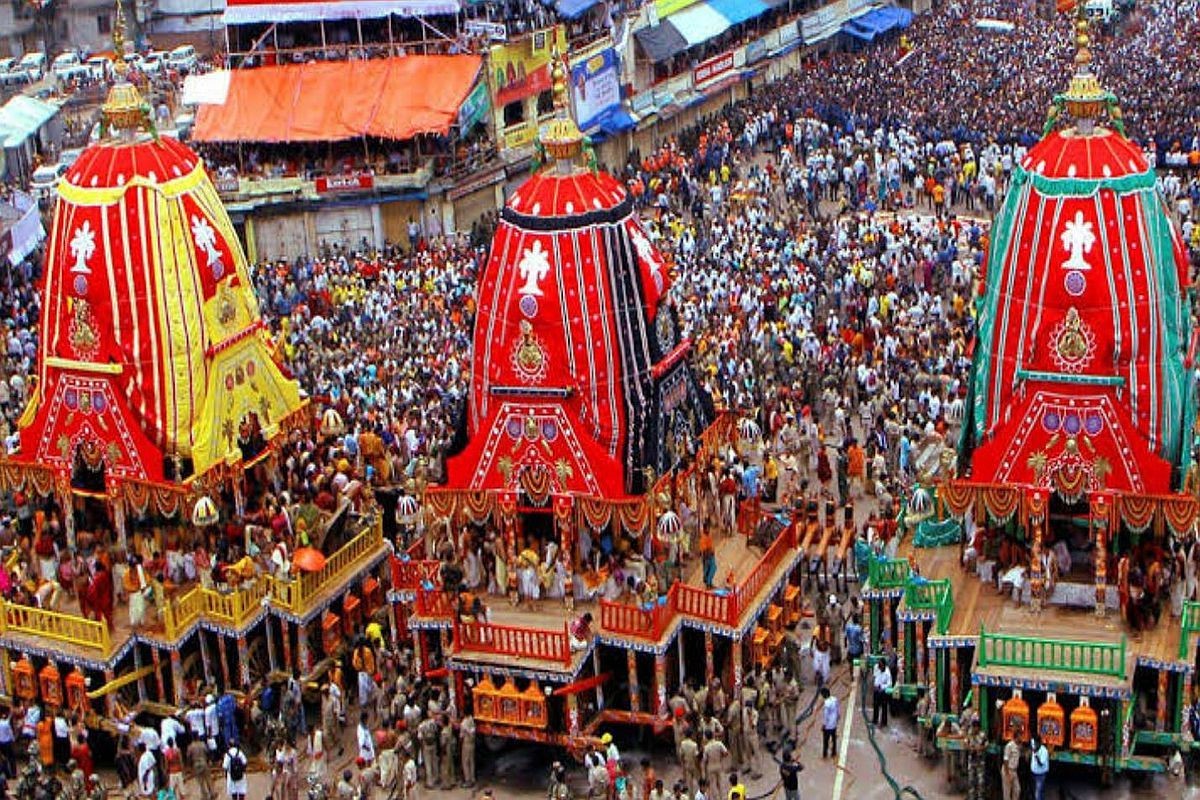
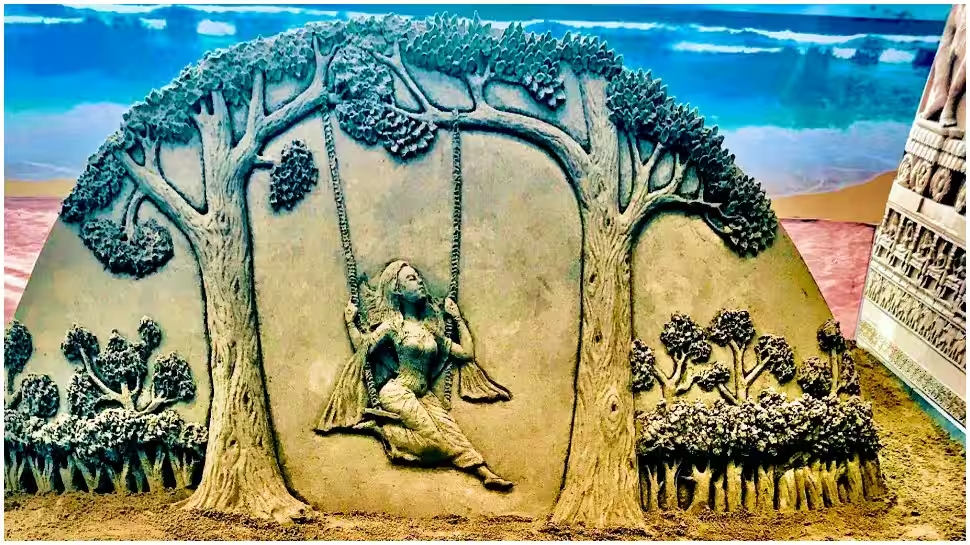
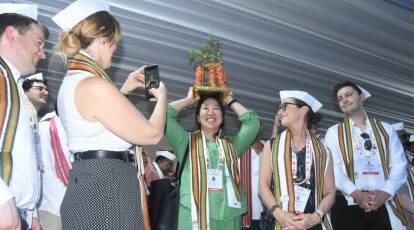
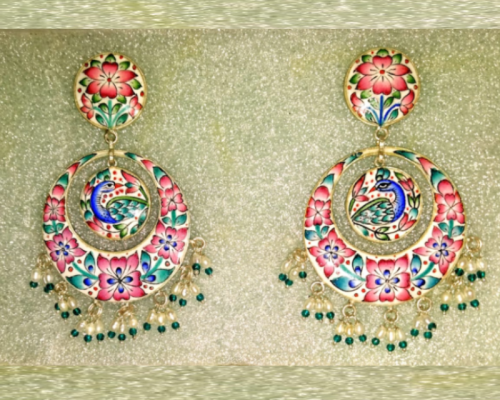
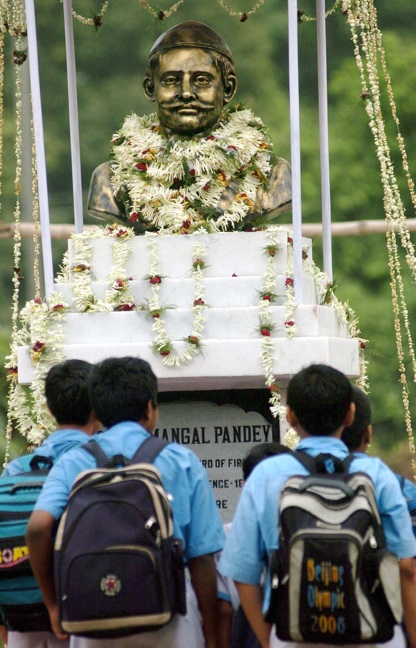
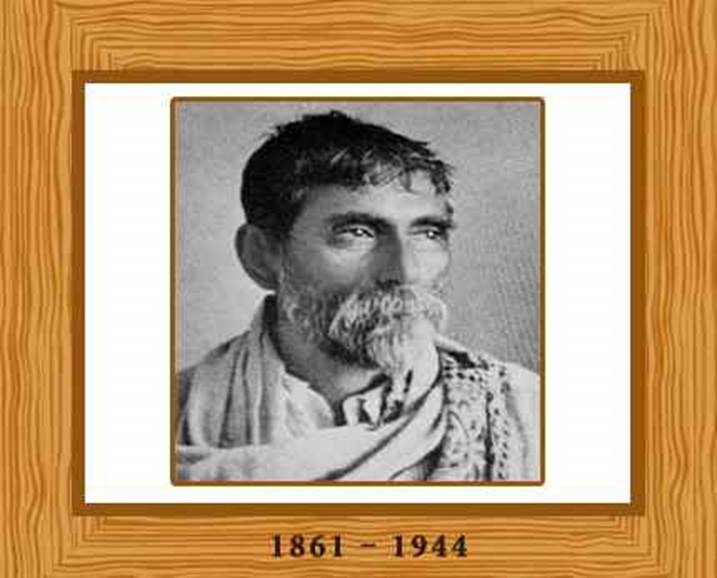

© 2026 iasgyan. All right reserved